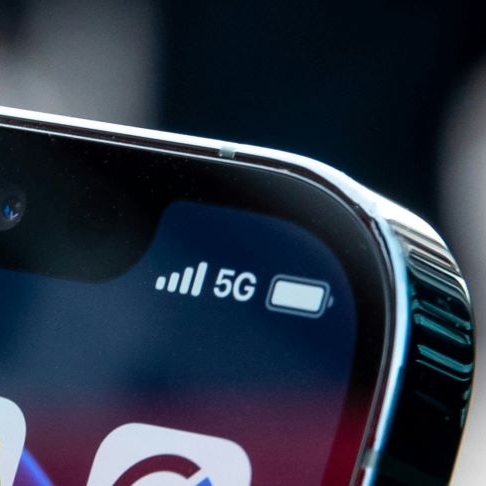Mobile phone signal bars explained: why fewer bars might not mean worse service
If you’ve switched over from 3G to 4G or 5G recently, you may have noticed a few things already. One that might give you pause is how many signal ‘bars’ you have on your screen. If you notice fewer bars than you had before, it doesn’t mean you’re getting poorer service. Here’s why.

What do the signal bars on your phone mean?
First things first: let's dive into what those little bars on your phone actually mean. Contrary to popular belief, they're not the end-all-be-all indicator of service quality. Instead, they're more like a visual cue, giving you a rough idea of signal strength.
But here's the kicker - signal strength doesn't always correlate directly with network performance. It’s tempting to rely solely on the number of bars displayed on our phones to gauge the quality of our mobile connection, the reality is a bit more nuanced.
Signal strength is just one piece of the puzzle when it comes to assessing network performance. It's like judging a book by its cover - you might get a general idea, but you're missing out on the whole story.
Network performance is influenced by a myriad of factors, including congestion, interference, and even the type of device you're using.
Raising the bar(s) with 4G and 5G
If you’ve recently upgraded from 3G to 4G or 5G, for example, you can’t trust the bars to give you the full story: even with fewer bars, you’re still likely to get better results thanks to the modern tech we’re using on our network.
That’s thanks to a few different improvements, including faster network speeds, lower latency and more bandwidth available.
Network Speed
Imagine your internet connection as a highway. With 3G, it's like cruising along in the slow lane during rush hour - sluggish and frustrating. But with 4G and 5G, you're zooming down the fast lane at lightning speed, leaving slowpokes in the dust.
These advanced networks offer blazing-fast download and upload speeds, so you can stream, download, and upload content in the blink of an eye.
Bandwidth/Capacity
Remember that highway from before? Think of bandwidth as the number of lanes on the highway. With 3G, it's like navigating a single-lane road during rush hour - congested and slow-moving.
But with 4G and 5G, it's like cruising down a spacious multi-lane road with plenty of room to spare. These advanced networks offer greater bandwidth and capacity, allowing more data to flow freely without congestion or slowdowns.
Latency
Latency is like the lag time between sending a request and getting a response. Like the time it takes between putting your foot down on the accelerator and getting a response from the engine. With 3G, that delay between accelerator and engine is slower. But with 4G and 5G, it's like having all your power available more quickly.
This “low latency” makes stuff like video calls and even online gaming smoother and more responsive.
Fewer bars, better results
So, if you happen to notice that your phone displays fewer bars of signal when connected to 4G or 5G compared to when it's on 3G, it's essential to recognise that this discrepancy doesn't automatically equate to a deterioration in service quality. While the visual representation of signal strength might suggest otherwise, it's important to delve deeper into what these bars truly signify.
In reality, advancements in network technology have revolutionised the way data is transmitted and received, even with fewer bars of signal. So, despite the visual indication of signal strength, your overall mobile experience on 4G or 5G could still be significantly superior to what you previously encountered on 3G. This disparity in the display of signal bars across different phone models underscores the complexity of measuring network performance solely based on signal strength indicators.
In essence, while the number of bars displayed on your phone may offer a glimpse into signal reception, it's not the sole determinant of your actual network experience. Factors such as network congestion, interference, and the efficiency of data transmission play crucial roles in determining the quality of your mobile connection. Therefore, it's essential to approach the interpretation of signal bars with a nuanced understanding, recognising that even with fewer bars, your 4G or 5G connection may still deliver an exceptional mobile experience.
Next time you’re out and about, don’t believe the bars: there’s more going on than you think!